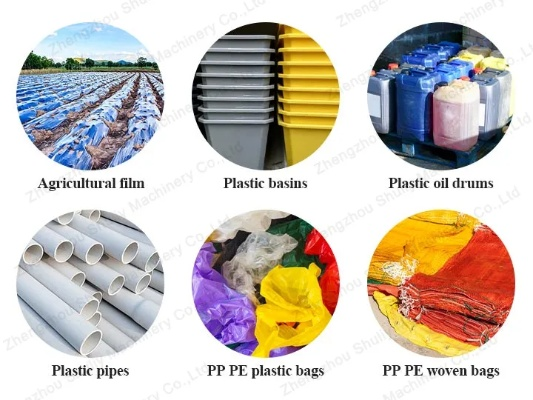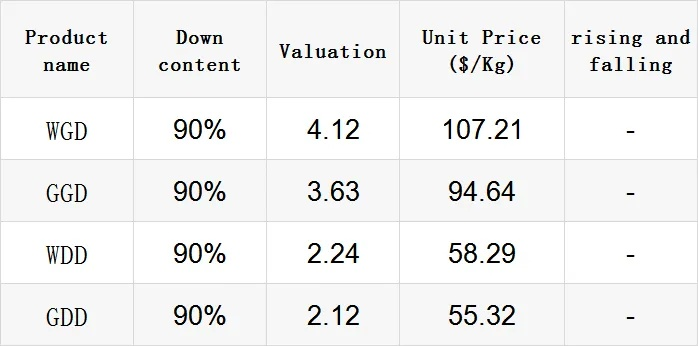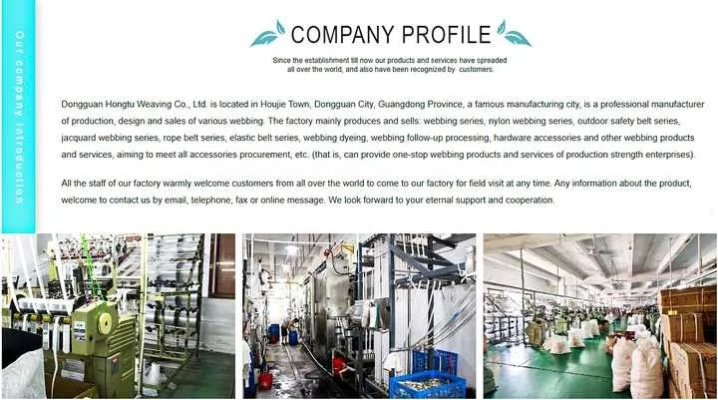Understanding the Dynamics of Textile Raw Material Prices
This paper aims to explore the dynamic changes in the prices of textile raw materials. It analyzes the factors that influence the price fluctuations of different types of textile raw materials, including cotton, wool, silk, and other natural fibers. The study also examines the impact of global market trends, technological advancements, and government policies on the pricing of these materials. The research concludes with a discussion on how to effectively manage the risks associated with raw material price volatility and optimize production costs. Overall, this paper provides valuable insights for businesses involved in the textile industry, helping them make informed decisions about their supply chain management strategies.

In the ever-evolving world of textiles, understanding the factors that influence prices is crucial for both producers and consumers. The cost of raw materials is a critical determinant in the overall production costs of textile products, which in turn impacts the final price of finished goods. In this article, we will explore the various factors that influence textile raw material prices, including market trends, supply and demand, exchange rates, and more. We will also present an illustrative table to help readers better understand these concepts.
Market Trends
The first factor that affects textile raw material prices is market trends. As the global economy fluctuates, so do the demand patterns for textile products. For instance, during times of economic growth, there is often a rise in consumer spending on clothing, leading to increased demand for cotton, polyester, and other textile fibers. Conversely, during recessions or periods of social unrest, there can be a decrease in demand for certain fabrics, causing prices to fall.
Supply and Demand
The relationship between supply and demand is another key factor influencing textile raw material prices. If there is a surplus of a particular raw material in the market, it can lead to lower prices. Conversely, if there is a shortage, prices may increase. For example, if China's cotton harvest is abundant, it can drive down prices for cotton yarn, while a scarcity of the same material elsewhere could push up prices.
Exchange Rates
International trade plays a significant role in the pricing of textile raw materials. The value of a currency can affect import costs and thus, the price of raw materials. For instance, if the US dollar weakens against the euro, it can reduce the cost of importing European textiles, leading to lower prices for American consumers.
Geographical Factors
Geographical location also plays a role in determining raw material prices. For example, countries with abundant natural resources like Brazil and India tend to have cheaper prices for their primary raw materials compared to developed nations like Europe and North America.
Technological Advances
Technological advancements can also impact the cost of raw materials. For instance, the use of synthetic fibers like polyester and rayon has reduced the need for natural fibers like cotton and wool, which can lead to lower prices for these materials.
Economic Conditions
Finally, economic conditions can significantly influence the prices of textile raw materials. During times of high inflation or economic uncertainty, consumers may opt for less expensive alternatives, reducing demand for certain fabrics, leading to lower prices. Conversely, during economic booms, consumers are more likely to spend on higher quality materials, driving up prices.

Illustrative Table: Factors Affecting Textile Raw Material Prices
| Factor | Example | Impact on Price |
|---|---|---|
| Market Trends | Increased demand for cotton during economic growth | Lower prices for cotton yarn |
| Supply and Demand | Scarcity of cotton in China | Higher prices for cotton yarn |
| Exchange Rates | Decrease in US dollar value against euro | Lower prices for European textiles imported into the US |
| Geographical Factors | Cheaper prices for Brazilian cotton compared to US cotton | Lower prices for US consumers buying Brazilian cotton |
| Technological Advances | Use of synthetic fibers reduces demand for natural fibers | Lower prices for natural fibers like cotton and wool |
| Economic Conditions | Increased demand for luxury textiles during economic booms | Higher prices for luxury textiles |
In conclusion, understanding the complex interplay between market trends, supply and demand, exchange rates, geographical factors, technological advancements, and economic conditions is essential for anyone involved in the textile industry. By keeping track of these variables, businesses can make informed decisions about their sourcing strategies and pricing policies, ultimately benefiting both their bottom line and their customers.
纺织品原料价格概述
纺织品原料价格是影响纺织行业发展的重要因素之一,在纺织品原料市场中,价格参考主要包括以下几个方面:
原材料价格信息来源
原材料的价格信息可以从多个渠道获取,包括国际市场价格、国内市场价格、行业协会发布的价格等。
主要纺织品原料分类及其价格特点
纺织品原料主要包括棉、麻、丝、毛、化纤等,不同种类的原料具有不同的生产成本、供需状况和市场走势,棉花的供应量受气候和种植条件影响较大,价格波动较大;丝的产量受技术水平和生产成本影响,价格相对较为稳定。
案例分析
以纺织品原料为例,我们可以参考以下案例来说明价格参考的重要性:
某地区棉花的近期价格参考
根据行业协会发布的数据,近期某地区棉花的价格相对稳定,其主要原因是该地区棉花种植面积相对稳定,供应量相对可控,该地区棉花的质量和品质也有所提升,吸引了更多的国内外采购商。

某品牌化纤产品的市场价格走势
某品牌化纤产品的市场价格近年来呈现出稳步上升的趋势,其主要原因是该品牌采用先进的生产工艺和技术,降低了生产成本,提高了产品质量,随着国内外市场需求的不断增长,该品牌化纤产品的价格也呈现出上涨趋势。
纺织品原料价格参考因素
纺织品原料价格的参考因素主要包括以下几个方面:
国际市场价格波动
国际市场价格是纺织品原料价格的重要参考因素之一,不同国家和地区之间的原材料价格差异较大,受到国际政治经济形势、贸易政策、汇率等因素的影响,纺织企业需要密切关注国际市场价格动态,及时调整生产和销售策略。
国内市场供需状况
国内市场供需状况也是纺织品原料价格的重要参考因素之一,纺织企业需要了解国内市场需求情况,掌握原材料的供应情况,合理制定生产和销售计划,纺织企业还需要关注政策法规变化对原材料市场的影响,及时调整经营策略。
行业协会发布的价格信息
行业协会发布的价格信息是纺织品原料价格的重要参考依据之一,行业协会通常会根据市场供需状况、原材料价格等因素发布纺织品原料价格信息,帮助纺织企业了解市场行情,制定合理的生产和销售策略。
纺织品原料价格的参考是一个复杂的过程,需要综合考虑多个因素,在纺织品原料市场中,纺织企业需要密切关注国际市场价格动态、国内市场供需状况以及行业协会发布的价格信息等,纺织企业还需要根据自身实际情况和市场变化,制定合理的生产和销售策略,提高经济效益和市场竞争力。
Articles related to the knowledge points of this article:
The Wonders of Textiles:An Overview



